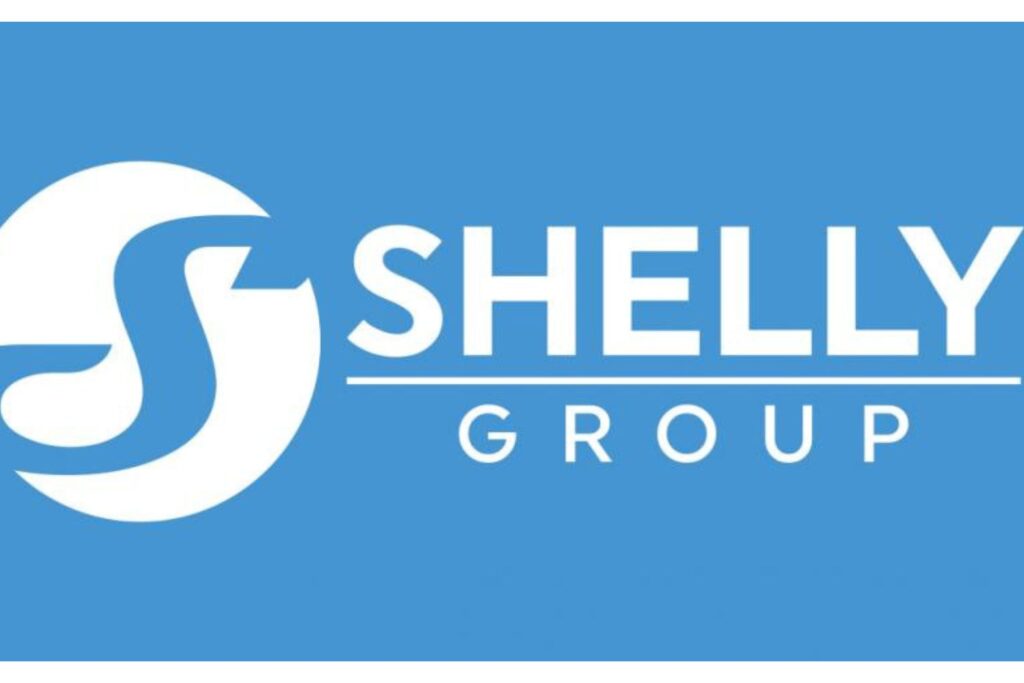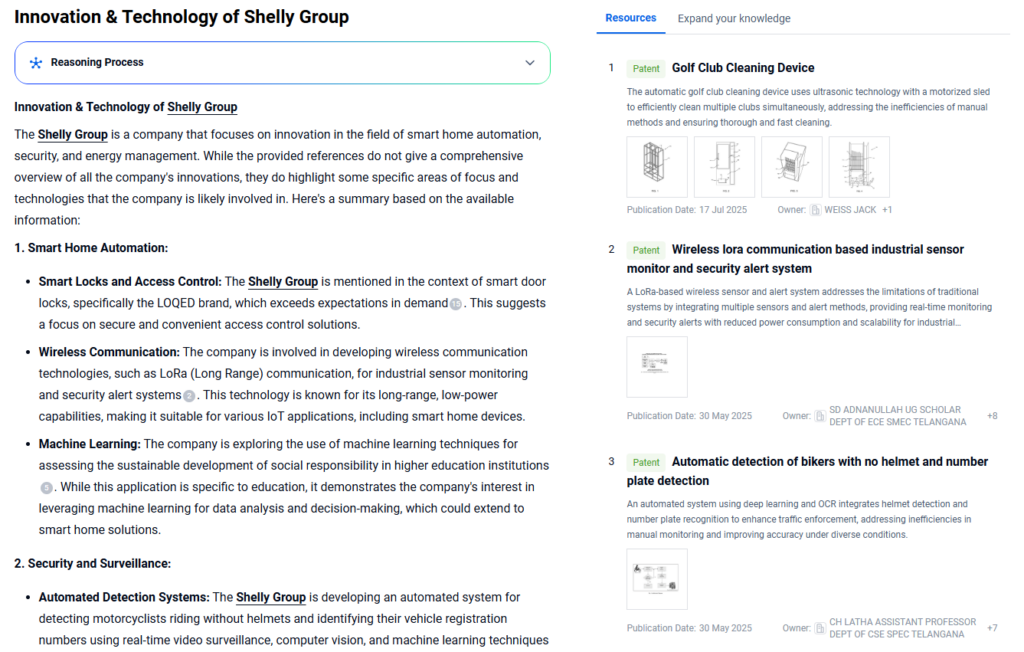
In the fast-evolving world of smart home and building automation, few companies have demonstrated the agility, scale, and innovation of Shelly Group. Founded in Bulgaria and now publicly listed in Frankfurt, Shelly has rapidly emerged as a powerhouse in Wi-Fi-enabled IoT devices—serving both tech-savvy homeowners and professional system integrators. With over 23 million devices sold, a growing ecosystem of energy-centric products, and a global presence in more than 100 countries, Shelly is transforming how homes, offices, and industrial buildings interact with technology.
This blog explores the key pillars behind Shelly’s rise—from its flexible device architecture and cloud-first design, to financial milestones and edge innovations. Whether you’re tracking IoT investment trends, researching platform compatibility, or simply curious about the company behind one of Europe’s fastest-growing tech exports, this deep dive offers insight into what makes Shelly Group a standout name in the connected device space by using tools like PatSnap Eureka AI Agent.
Company Overview of Shelly Group
| Attribute | Details |
|---|---|
| Company Name | Shelly Group AD |
| Founded | 2015 (formerly under the name Allterco Robotics) |
| Headquarters | Sofia, Bulgaria |
| Stock Exchange Listing | Frankfurt Stock Exchange (Ticker: SLYG) |
| Core Business | IoT-enabled smart home and building automation devices |
| Flagship Brand | Shelly® |
| Key Markets | EU, US, LATAM, MENA, APAC |
| Product Categories | Smart relays, energy meters, lighting, sensors, Wi-Fi automation tools |
| Connectivity Protocols | Wi-Fi, Bluetooth, Z-Wave, REST API, MQTT, CoAP |
| Device Ecosystem | Over 23 million Shelly devices sold globally |
| Cloud & App | Shelly Cloud & Shelly Smart Control App |
| Key Differentiators | Local control without cloud dependency, open APIs, energy-focused IoT |
| Website | shelly.com |

Products and Services of Shelly Group
Shelly’s product lineup is diverse yet unified by simplicity and interoperability. The company offers:
Relay Switches & Modules
Devices like Shelly 1PM and Shelly 2.5 are staples in energy monitoring and power automation. These compact switches allow for remote control, scheduling, and real-time power usage tracking, supporting up to 16A loads—ideal for both residential and light commercial settings.
Smart Lighting Control
Shelly smart dimmers and bulb controllers support a wide range of voltages and are compatible with Amazon Alexa, Google Assistant, and Apple HomeKit. They provide smooth dimming, automation rules, and multi-room scene integration.
Environmental & Energy Sensors
Shelly EM and Shelly 3EM support multi-phase energy monitoring and come equipped with over-the-air (OTA) firmware updates, local API support, and MQTT compatibility—making them popular in industrial and solar applications.
Security & Access Systems
Products like Shelly Door/Window 2 sensors and Shelly Motion offer responsive, battery-powered monitoring integrated with push notifications and automation flows.
Business Model of Shelly Group
Shelly Group employs a hardware + open-platform strategy. Instead of locking users into a closed ecosystem, Shelly devices work seamlessly with third-party platforms such as Home Assistant, Node-RED, and openHAB, in addition to their own Shelly Cloud App. This “open-first” architecture has made it easy for hobbyists and integrators to build customized smart home setups with Shelly devices.
Sales are driven through a global network of distributors, an official e-commerce portal, and integrations with marketplaces like Amazon and Digi-Key. The brand has also expanded into B2B verticals, offering solutions for energy analytics, building automation, and facility management.
Innovation & Technology of Shelly Group
Shelly Group has consistently driven innovation across hardware, firmware, and cloud infrastructure, building a differentiated edge in the smart home and building automation space:
- Open and Flexible Cloud Architecture: The Shelly Cloud platform now powers over 10 million activated devices in a single year, with users activating approximately 26,000 new devices daily and integrating external smart home systems nearly 600 times per day. This open architecture supports 200+ third-party apps and over 9,000 daily external cloud integrations, enabling true flexibility in ecosystem use.
- Gen3 and Gen4 Product Lines: Shelly’s Gen3 devices better utilize memory and virtual components to integrate non‑Shelly hardware into unified control via the Shelly Smart Control app—enabling Matter upgrade readiness and multi-brand coordination. Its upcoming Gen4 series includes Matter, Zigbee, Bluetooth, and even AI-powered predictive maintenance capabilities, targeting advanced automation and industrial use cases.
- Edge Intelligence via Device Scripting: Embedded Shelly Script lets users run custom logic directly on devices, triggering automation workflows without cloud latency. Paired with REST API, MQTT, and LAN modes, this enables reliable offline operation and local control even during internet outages.
- Advanced Connectivity & Protocol Support: Shelly devices now support Wi-Fi, Bluetooth, Ethernet, Zigbee, LoRa, Modbus, and future Matter protocol integration—enabling broad compatibility with smart building systems and industrial networks.
- Patent & R&D Focus: According to industry insights and patent filings, Shelly invests heavily in predictive energy analytics, mesh network communication, embedded AI routines, and firmware-driven automation architecture—reinforcing its technical differentiation in both DIY and B2B automation segments.
Insights from PatSnap Eureka AI Agent

Market Position & Competitive Advantage of Shelly Group
Shelly Group is rapidly emerging as one of Europe’s most dynamic IoT companies:
- Sales & Reach: In 2025 Shelly aims to register over 10 million new devices—matching total cumulative activations achieved since 2018. The company has sold more than 23 million units, with its app now active on over 2 million devices and more than 4.5 million households worldwide.
- Valuation Milestone: Listed in Frankfurt and previously Bulgaria, Shelly reached a market capitalization exceeding USD 1 billion as of June 2025, making it one of the few Eastern European unicorns built via organic growth.
- Financial Stability: Q1 2025 revenue rose 28.9% year-over-year, to €26.5 million, with EBIT margin of 25% and confirmed annual guidance targeting revenue of €145–155 million and €35–40 million EBIT.
- Distribution & Community Strength: Shelly operates in over 100 countries, with robust penetration in the DACH region. It engages a certified network of 1,200+ smart installers and fosters strong developer communities around Home Assistant and other ecosystems.
- Product Portfolio Growth: From 35 products in 2022, the range expanded to over 92 SKUs by late 2024, including multi-function relays, smart locks (via LOQED acquisition), energy meters, and Bluetooth controls like the Blu Button1.
- Competitive Differentiators:
- No-hub Wi‑Fi architecture—simplifies installation.
- Local-first control and extensive API access—preferred by DIY users and professional integrators.
- Lower price per device—typically 50% cheaper than many peers yet featuring more programmability and open compatibility.
Financial Performance of Shelly Group
Shelly Group’s public filings indicate double-digit YoY revenue growth, fueled by new product launches and international expansion. Its strategic shift from consumer wearables to smart home devices proved prescient, and its gross margins continue to improve with software-focused value propositions.
Competitive Landscape
| Company | Strengths | Weaknesses |
|---|---|---|
| Shelly | Open ecosystem, local API, OTA updates | No Zigbee/Matter support in older models |
| Aqara | Native HomeKit support, elegant design | Requires hub, limited APIs |
| Sonoff | Budget-friendly, wide range | Less robust cloud/API integrations |
Shelly’s primary edge is flexibility: many DIY users prefer Shelly smart switches without a hub due to easy setup and compatibility with diverse automation ecosystems.
Conclusion
Shelly Group has built an impressive footprint in the smart home and IoT industry by marrying inclusive hardware design with resilient software and cloud architecture. Its rise reflects continuous innovation—from Gen3/Gen4 devices supporting Matter to edge-first device scripting and predictive energy analytics. Financially, the company is not just growing; it’s profitable and scaling organically into a billion-dollar European tech unicorn.
As the smart home market expands, especially across Europe with an expected CAGR of nearly 28% by 2028, Shelly is strategically positioned to grow faster than the industry average. Shelly’s open model, wide protocol support, and energy-centric product suite make it an ideal platform for both DIY users and smart building deployments.
With its strong ecosystem and roadmap toward AI-enhanced automation, Shelly is more than a smart device brand—it’s a flexible, future-proof smart home and building automation platform.
FAQs
Yes. Shelly supports LAN mode and local APIs, allowing full control without cloud dependency.
Shelly offers better local control and doesn’t require a hub. Aqara is strong with HomeKit; Sonoff is cheaper but more limited in customization.
Some Shelly devices have unofficial HomeKit integration via third-party plugins, while native support is being explored in newer models.
Absolutely. Devices like Shelly EM and Shelly Pro 3EM support multi-phase monitoring and Modbus/TCP for industrial applications.
👉 Need deeper patent insights into Shelly’s technology stack? Try PatSnap Eureka AI Agent to explore innovation trends and product differentiation across the smart home industry.




